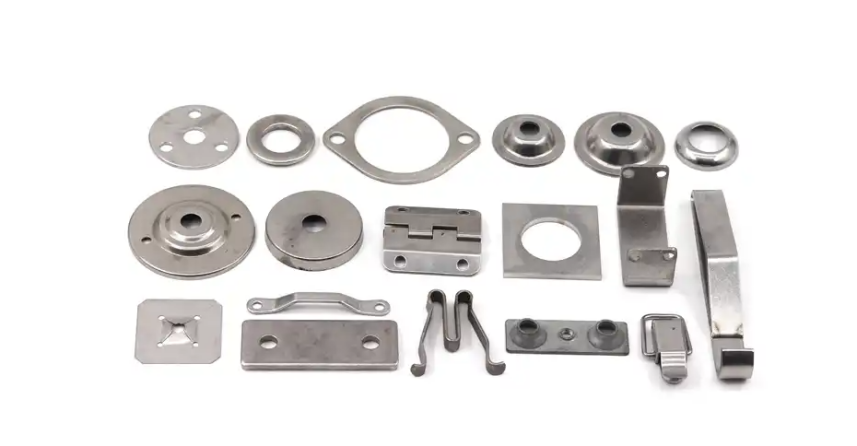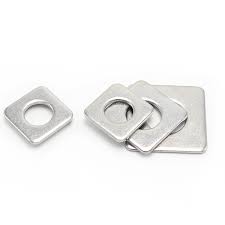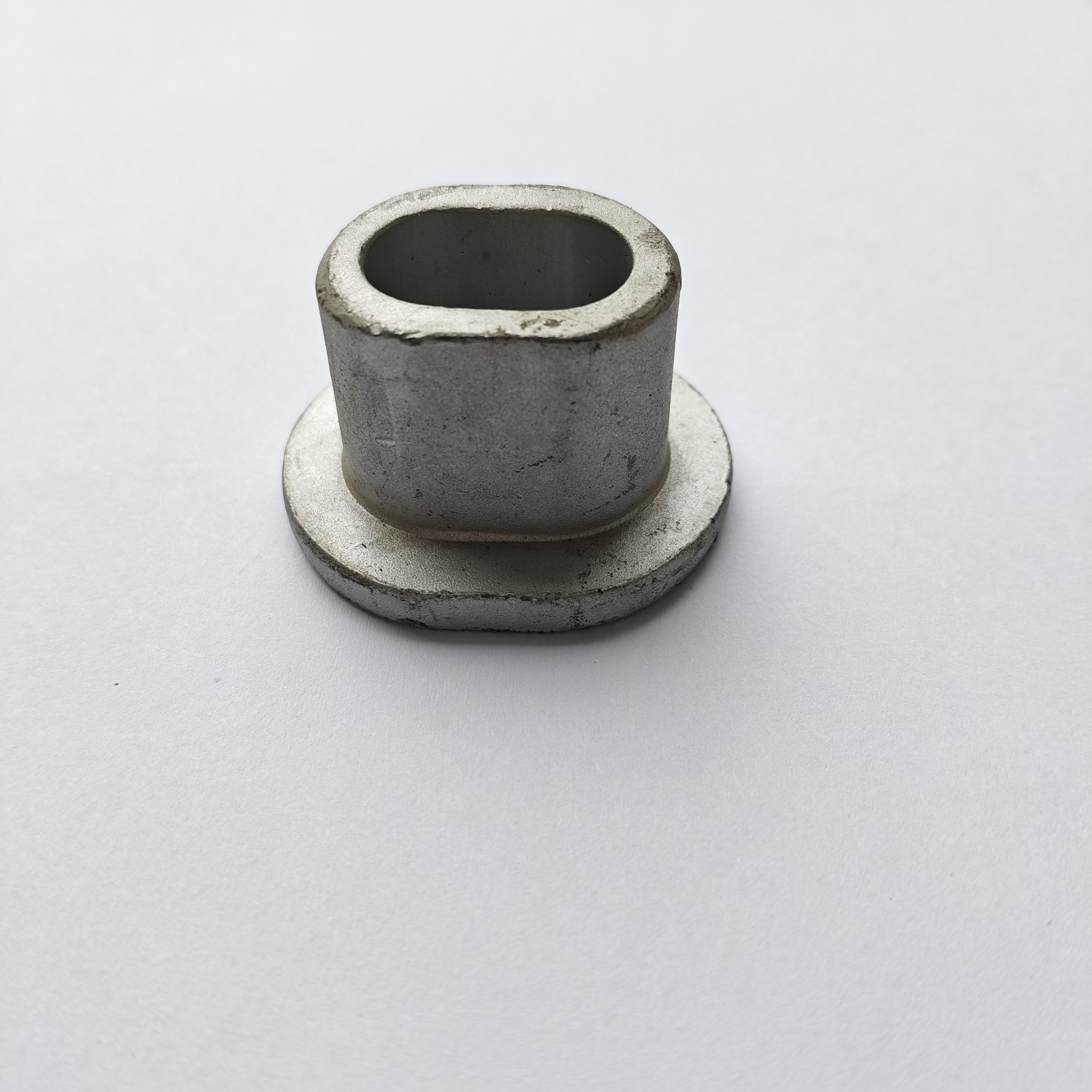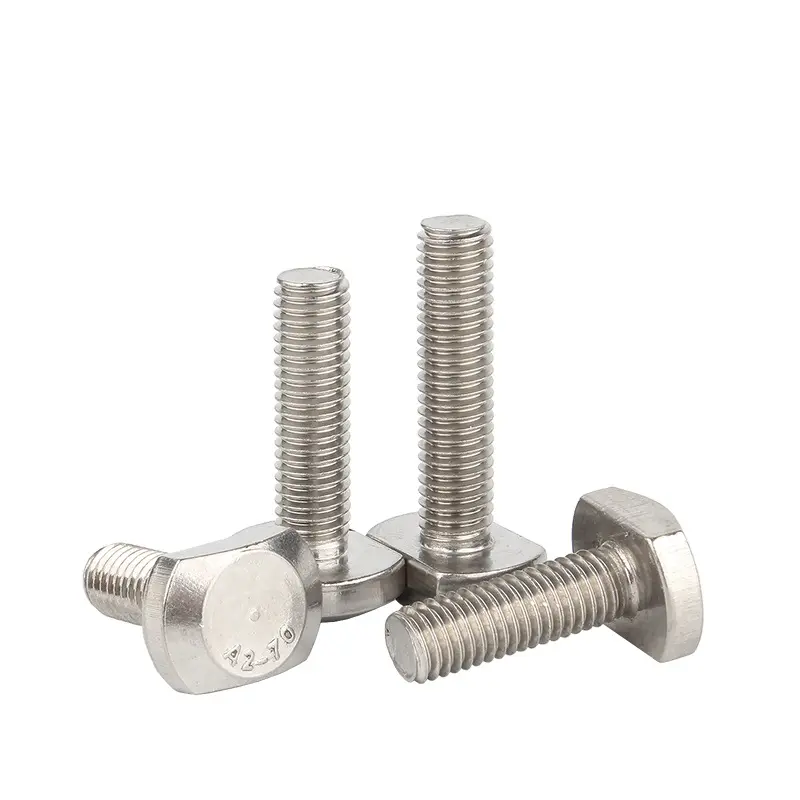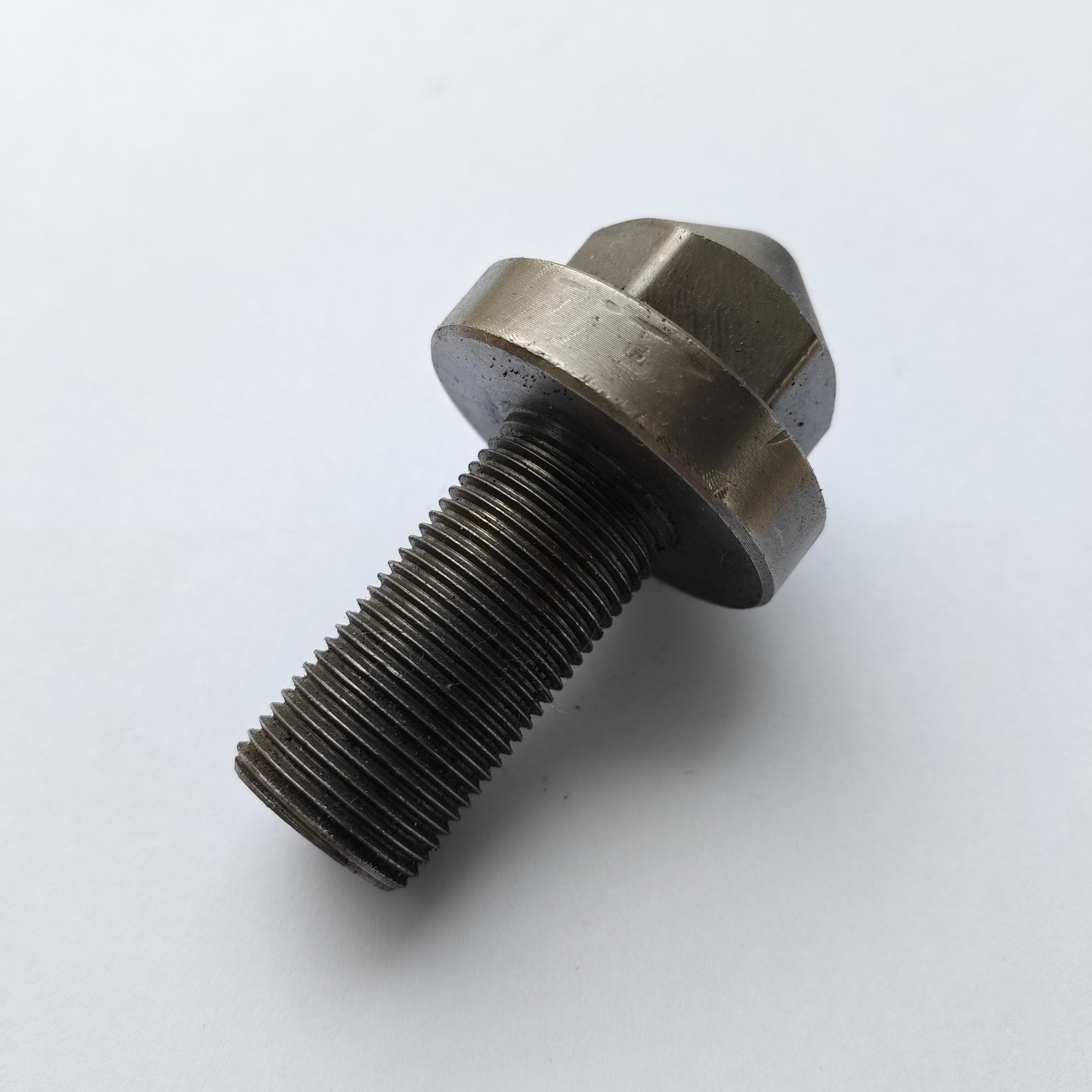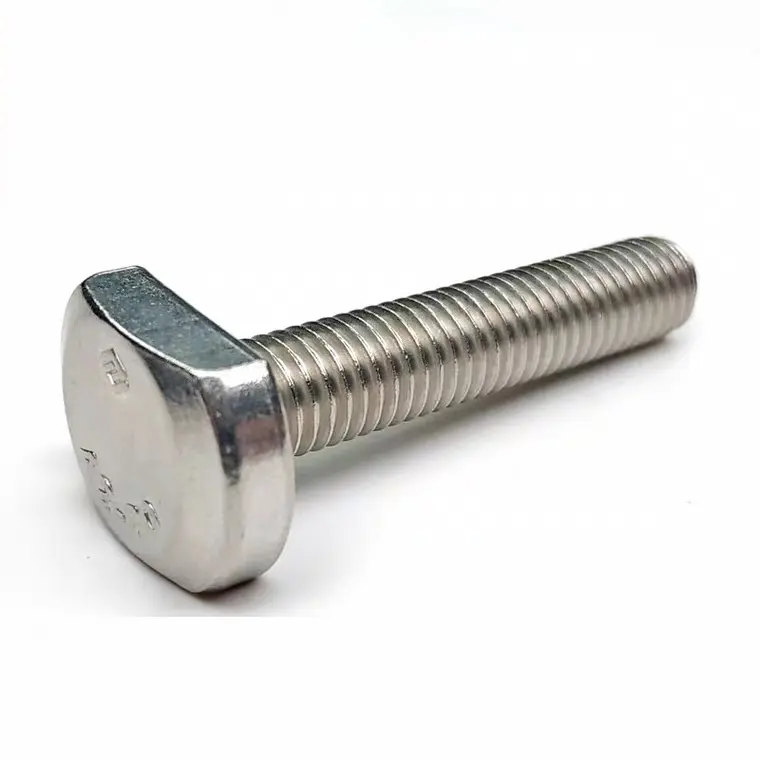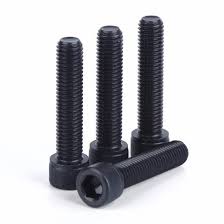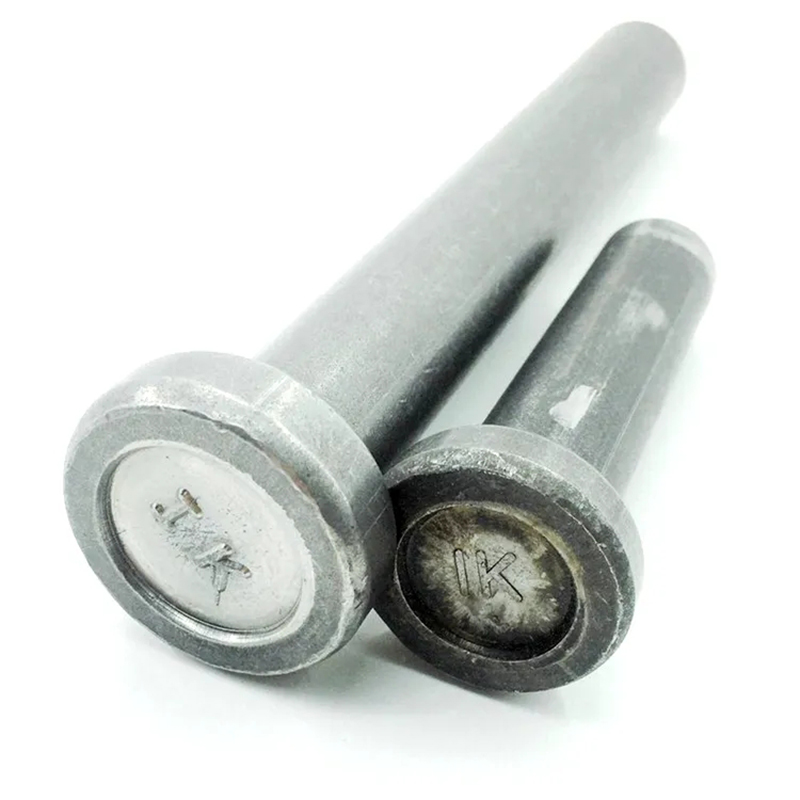

This comprehensive guide explores the world of stainless steel set screws, covering their types, applications, materials, and selection criteria to help you choose the perfect screw for your project. We’ll delve into the specifics of different grades, sizes, and head styles, ensuring you have the knowledge needed for successful implementation. Learn about the advantages of using stainless steel set screws and how to avoid common pitfalls.
These are the most common type of stainless steel set screws, featuring a hexagonal socket for driving with an Allen wrench (hex key). They offer excellent strength and are widely used in various applications, from machinery to automotive parts. Different sizes and lengths are readily available, ensuring a precise fit for your needs. The material composition significantly impacts durability and corrosion resistance; consider factors like grade 304 and grade 316 stainless steel, each exhibiting different levels of strength and resistance to specific chemicals and environments. Hebei Dewell Metal Products Co., LTD offers a wide selection of these screws.
Featuring a straight slot for driving with a screwdriver, these stainless steel set screws are simpler and sometimes more cost-effective. However, they are generally less resistant to cam-out than socket head cap screws. They are suitable for applications where high torque isn't required and ease of installation is prioritized. This type is often found in less demanding applications.
Designed with a conical point, these screws are ideal for applications requiring a secure grip and self-centering action. The conical point digs into the workpiece, enhancing holding power, particularly in softer materials. This type of stainless steel set screw is often favored in applications where vibration is a concern.
Other less common types include button head set screws, flat point set screws, and oval point set screws. Each offers unique characteristics suited for specialized applications. The selection depends entirely on the specific requirements of the project, including material, load, and environmental factors.
The grade of stainless steel significantly impacts corrosion resistance and strength. Common grades include 304 (18/8 stainless steel) and 316 (marine-grade stainless steel). 316 offers superior resistance to chlorides and other corrosive agents, making it ideal for marine or outdoor applications. The specific choice depends on the intended environment and required durability.
Accurate sizing is crucial for a secure and functional fit. Consult engineering drawings or specifications to determine the appropriate size and length of the stainless steel set screws. Improper sizing can lead to insufficient clamping force or damage to the mating parts.
Set screws typically utilize various thread types, including UNC (Unified National Coarse), UNF (Unified National Fine), and metric threads. Selecting the correct thread type ensures compatibility with the receiving component and prevents cross-threading.
The choice of head style (socket, slotted, etc.) influences the ease of installation and the overall aesthetic. Select a head style that's compatible with the available tools and complements the overall design.
Stainless steel set screws find extensive use across various industries. They are commonly used to:
Q: What is the difference between 304 and 316 stainless steel set screws?
A: 316 stainless steel offers superior corrosion resistance, particularly against chlorides, compared to 304 stainless steel. 316 is generally preferred for marine or highly corrosive environments.
Q: How do I determine the correct size of a set screw?
A: Consult engineering drawings or specifications to identify the required size and length. Consider the diameter of the shaft or component being secured, and the required clamping force.
| Grade | Corrosion Resistance | Strength | Typical Applications |
|---|---|---|---|
| 304 Stainless Steel | Good | Medium | General purpose, interior applications |
| 316 Stainless Steel | Excellent (especially against chlorides) | High | Marine environments, outdoor applications, chemical processing |
This information is for general guidance only. Always refer to the manufacturer's specifications and relevant safety standards for specific applications. For a wide range of high-quality stainless steel set screws, visit Hebei Dewell Metal Products Co., LTD.

